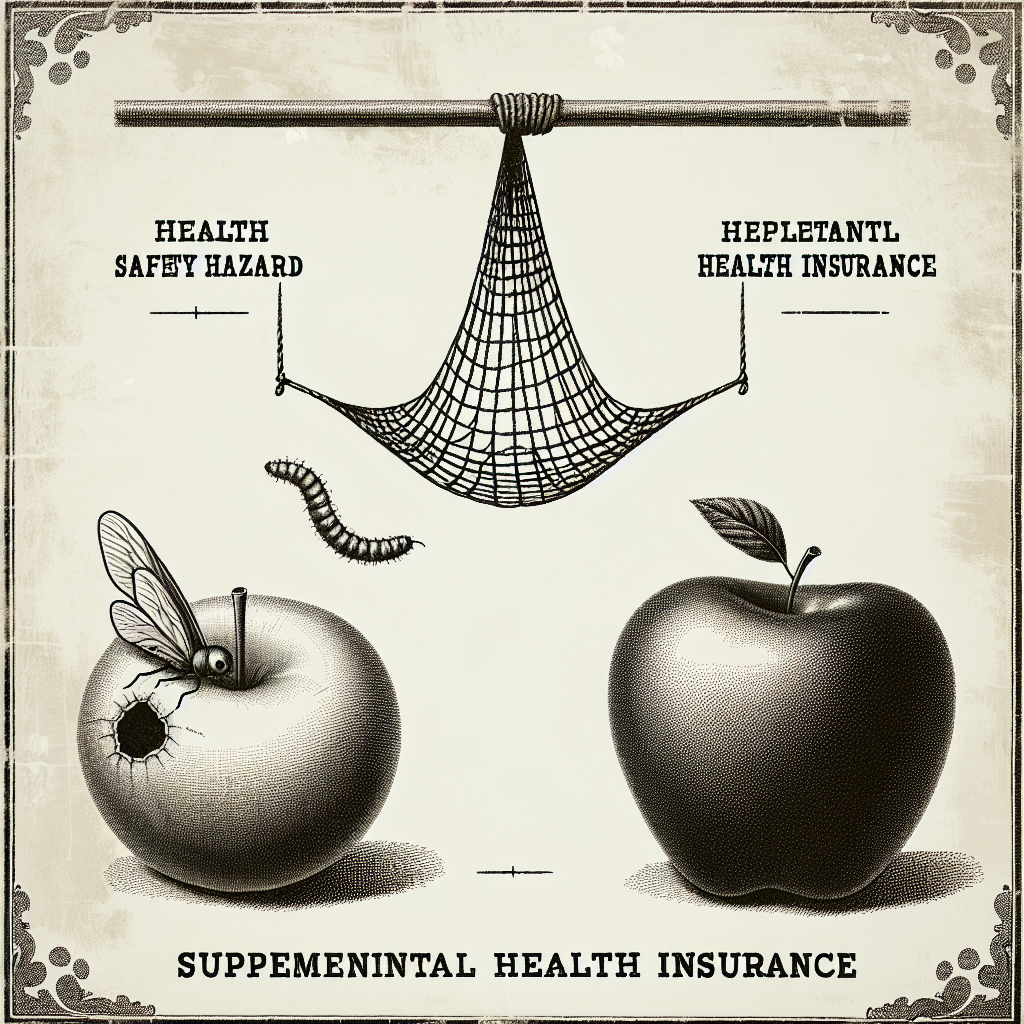Filed under Health Insurance on
Understanding Health Insurance Coverage Costs Today

Today, understanding health insurance coverage costs is more crucial than ever. With the complexities surrounding healthcare policies, consumers are often left in the dark about what they're truly paying for. This comprehensive guide aims to shed light on the core aspects of health insurance coverage costs, empowering you to make informed decisions about your medical expenses.
Deciphering Health Insurance Premiums
Premiums are the regular payments you make to keep your health insurance policy active. These payments can be made monthly, quarterly, or annually, and they represent a fundamental cost of maintaining health coverage. Insurance companies determine premium rates based on several criteria.
- Age: Generally, the older you are, the higher your premiums.
- Location: Regional healthcare costs influence your premiums, as medical expenses vary by state and city.
- Tobacco Use: Smokers often face higher premiums due to increased health risks.
- Plan Category: The type of plan you choose also affects your premium. Categories range from Bronze to Platinum, with higher-tier plans offering greater coverage at a cost.
Choosing the Right Plan
When considering health insurance coverage costs, it’s essential to evaluate what level of coverage suits your needs. While higher-tier plans imply greater financial outlay in terms of premiums, they may provide more extensive services and lower out-of-pocket expenses in case of major health events.
Understanding Deductibles, Copayments, and Coinsurance
Deductibles, copayments, and coinsurance are pivotal aspects of health insurance coverage costs, impacting what you pay when you access healthcare services.
Deductibles
The deductible is the amount you pay for healthcare services before your insurance begins to share the costs. Plans with higher deductibles usually have lower premiums, but they demand more out-of-pocket spending before insurance kicks in.
Copayments
Copayments, or copays, are fixed amounts you pay for specific services or prescriptions regardless of the cost of the service. These are usually required upfront, adding to the total health insurance coverage costs.
Coinsurance
Coinsurance is your share of the costs of a healthcare service, calculated as a percentage of the total cost, that kicks in after you’ve met your deductible. For instance, if your plan has 20% coinsurance, you pay 20% of the cost each time you receive a service, and your insurer covers the remaining 80%.
Out-of-Pocket Maximums
Your out-of-pocket maximum is the ceiling on what you spend annually on covered health services. After reaching this limit, your insurance covers 100% of eligible costs for the remainder of the year, highlighting a crucial aspect of controlling health insurance coverage costs.
Strategies to Lower Your Out-of-Pocket Expenses
To effectively manage health insurance coverage costs and reduce your out-of-pocket burden:
- Use In-Network Providers: Opt for healthcare services within your insurance network to lower costs.
- Understand Your Policy: Familiarize yourself with your plan’s terms to avoid unexpected expenses.
- Utilize Preventive Services: Take advantage of free preventive services your plan may offer, which are often exempt from additional costs.
Factors Influencing Health Insurance Rates
Various factors contribute to the calculation of rates, reflecting the diverse elements within health insurance coverage costs.
Healthcare Inflation
Rising healthcare costs due to advancements in medical technology and increasing medication prices directly impact insurance rates, pressing consumers to understand and evaluate these rising expenses.
Policy Changes and Legislation
Governmental policy shifts, such as changes in the Affordable Care Act, can affect how insurance premiums and other costs are structured, underscoring the fluid nature of health insurance coverage costs.
The National Association of Insurance Commissioners (NAIC) regularly reports on these dynamics, providing insights into why premiums fluctuate.
Comparing Public and Private Health Insurance Options
Understanding your insurance options can provide clarity on health insurance coverage costs. Both public and private plans have distinct features affecting cost.
Public Insurance: Medicare and Medicaid
Government-sponsored plans like Medicare and Medicaid offer a different cost structure. While these programs provide vital access to healthcare, they may include constraints like specific eligibility requirements and service restrictions.
Private Insurance
Private plans offer a range of choices but often come with higher premiums. However, they provide a broader network and fewer restrictions on services. Many consumers balance these aspects with overall health insurance coverage costs to determine the most cost-effective option.
The Role of Employer-Sponsored Insurance
Employer-sponsored health insurance remains a popular choice, often subsidizing part of the premium, thus easing the burden of health insurance coverage costs for employees.
Benefits and Drawbacks
- Financial Relief: Employers typically cover a portion of premiums, reducing personal expenditure.
- Limited Selection: Your choice of plans and providers might be limited to those offered by your employer.
Forecasting Future Trends in Health Insurance Costs
Looking ahead, understanding potential market and policy shifts can help predict changes in health insurance coverage costs.
Embracing Technological Advancements
Innovations in telemedicine and digital health may curtail some operational costs, potentially influencing future premiums positively.
The Impact of Global Health Events
Events like pandemics can affect healthcare systems globally and regionally, adjusting the trajectory of health insurance coverage costs.
The World Health Organization (WHO) emphasizes the need for adaptive strategies to manage these evolving healthcare landscapes.
Practical Tips for Consumers
Ultimately, being informed and proactive can help manage your health insurance coverage costs effectively.
Compare Plans Annually
Regularly review and compare plans to ensure alignment with your changing health needs and financial situations.
Consult Insurance Experts
Utilize the expertise of brokers or advisors who can tailor advice to your specific circumstances, aiding in navigating health insurance coverage costs.
By understanding the elements influencing health insurance coverage costs, you can make empowered decisions, striking a balance between coverage and cost. Navigating these options with a clear perspective can significantly offset the financial burdens associated with healthcare, ensuring you remain both well-covered and economically prudent.





